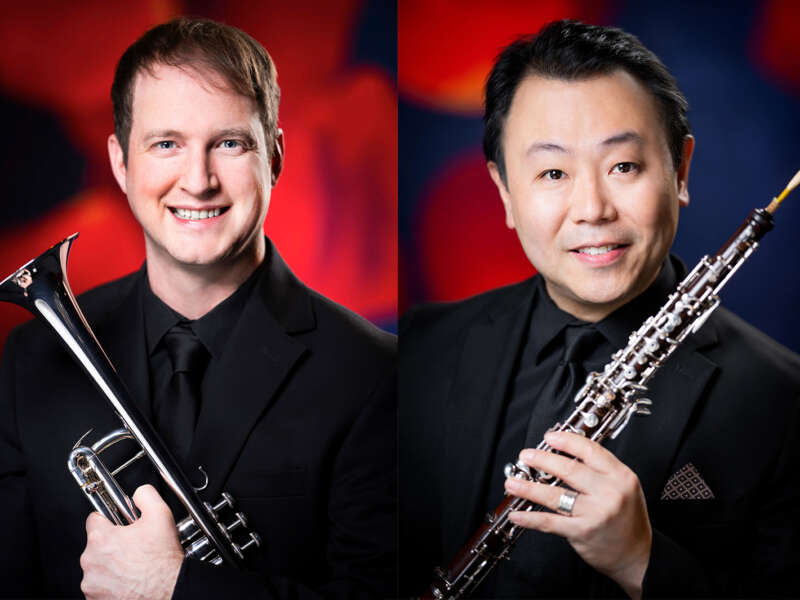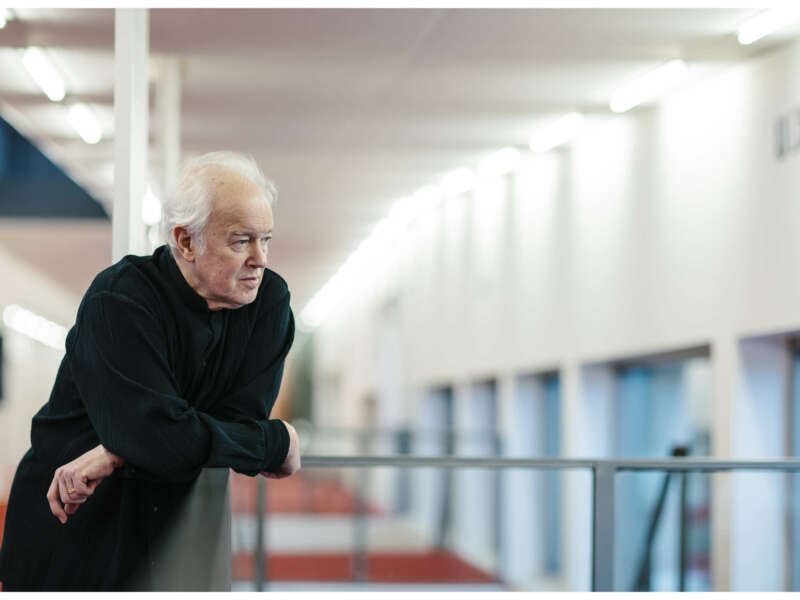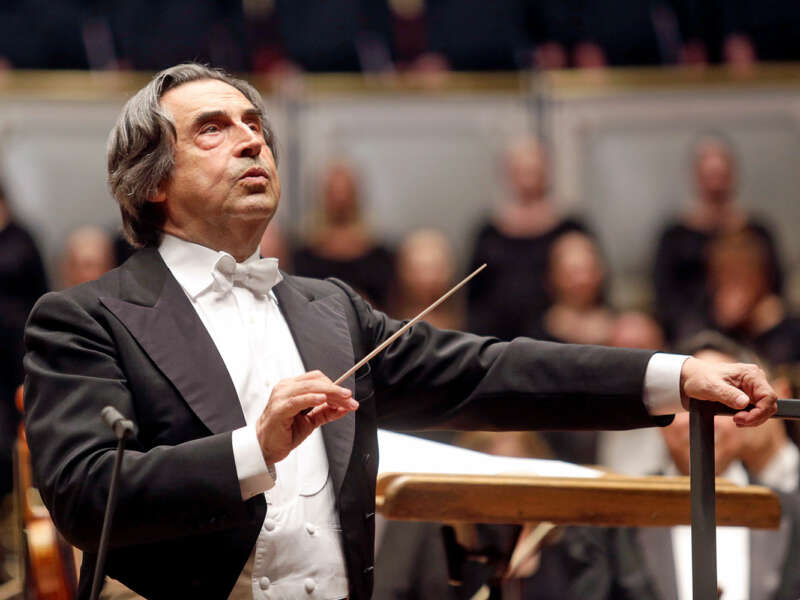NEW TO YOUTUBE | Tossy Spivakovsky Plays Sarasate's Introduction and Tarantella, Op. 43
Watch this archival recording by the Russian-American violinist Nathan "Tossy" Spivakovsky
Spivakovsky was one of the greats of twentieth-century violin playing, but the direction of his career and some of his unorthodox views on technique have meant that his recordings are not always well-known.
Born in Odessa and raised in Berlin, he was touring by the age of 13, and held the position of concertmaster of the Berlin Philharmonic by 18. After two years in the job, however, he gave up orchestral playing, choosing instead to tour with his brother Jascha as part of the Spivakovksy Duo.
The Jewish brothers found themselves stranded overseas when the Nazi party came to power in 1933. Consequently, they settled in Australia, teaching at the University of Melbourne. Spivakovsky moved to America not long afterward, establishing a solo career, and between 1974 and 1989, he taught violin and chamber music at the Juilliard School.
Spivakovsky's education meant that his playing style differed from that of his peers. Many of his contemporaries from Russia and Ukraine, such as Jascha Heifetz and Nathan Milstein, elected to study with Leopold Auer in St. Petersburg. By contrast, Spivakovsky's period of study in Berlin with Willy Hess and Arrigo Serato lent a much more German-style to his playing.
Spivakovsky was particularly notable for his unorthodox bow hold. He was convinced that in solo Bach, all of the notes in each chord should be sounded simultaneously rather than played in an arpeggiated manner. His solution was to hold the bow slightly above the frog, thus shifting the main pressure point further up the bow. A book about Spivakovsky's bow hold was published, with his blessing, by Gaylord Yost in 1949.
In addition to this, Spivakovsky was a champion of the curved bow invented by Emil Telmányi, which helped to facilitate unarpeggiated chordal playing.
In this recording, Spivakovsky plays Sarasate's Introduction and Tarantella, Op. 43:
april 2024
may 2024


































